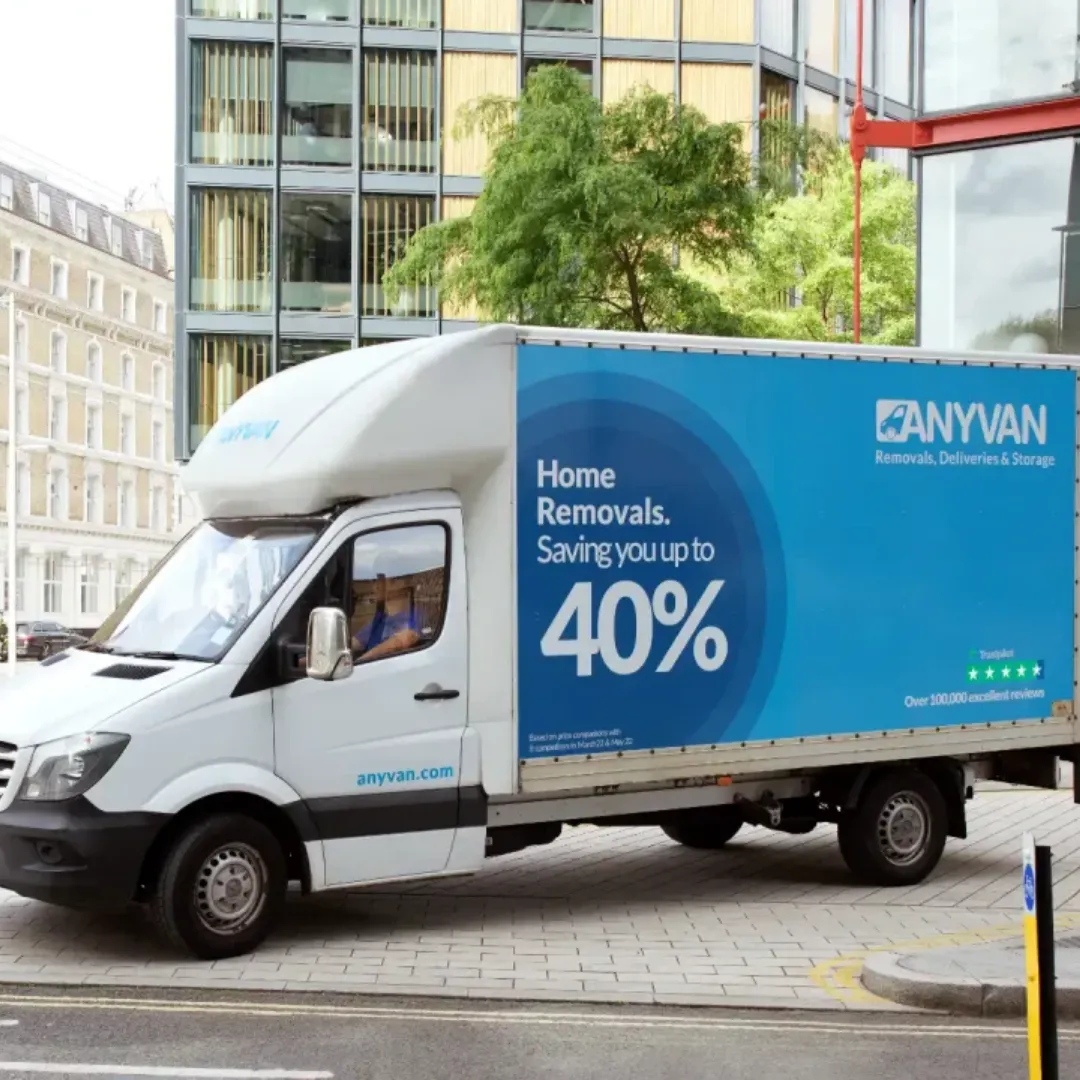How many Creme Eggs would fit in an AnyVan?
April 5, 2023

April 5, 2023

At AnyVan, we're always working to ensure we pick the perfect sized vehicle for your move, no matter what you're moving. It's with this in mind that, over a recent lunch, when brainstorming for a post to celebrate Easter this year, one of our colleagues asked: "how many Creme Eggs would fit in the back of an AnyVan?"
Whilst it sounds like the set-up to a cheesy joke, it actually got us thinking and sparked an office-wide debate. And even though our brilliant data team is way better with numbers than any of us here in marketing, we tried our best to avoid wasting too much of their time on chocolate-related issues, so we went in an entirely different direction.


Initial guesses throughout the office ranged from 7,000 to a (perhaps overly ambitious) guess of 1,000,000. But, the more people got involved, the more curious we became.
Our initial plans of buying Creme Eggs and filling a van by hand changed once we realised a few things, such as: how small a Creme Egg is, how big a van is, the time it would take to complete, and perhaps most pressing, how expensive it would be. So instead, we turned to the next best option in 2023, ChatGPT.
So, without further ado, how many Creme Eggs can you fit in an AnyVan?
Solving this question is challenging because there are a few variables we must first figure out.
Firstly, are Creme Eggs the best option, or, as it's Easter, should we work with Easter eggs? As there's no specific/universal size for Easter eggs, and there are questions about keeping them in their box - or keeping them loose - we opted for Creme Eggs.
Next, we had to figure out what we would be (hypothetically) filling with chocolate. As those who have used AnyVan on several occasions can likely attest, vans come in all different shapes and sizes. Moves are done by anything from a Sprinter or a Luton all the way up to an Artic.
As the Luton is the van most commonly used for moves, we'll work based on filling a 16-cubic metre van.
Now the technicalities are out of the way; it's time to put an AI's maths skills to the test.
Forewarning, we* get maths-heavy from here on out, so buckle up (*well, an AI does).
The number of Cadbury Creme Eggs that can fit in a cubic meter depends on the size of the eggs and how they get packed.
Let's assume that a standard Cadbury Creme Egg weighs approximately 34 grams and has a diameter of 3.5 cm and a height of 5 cm; we can calculate that the volume of each egg is about 48.125 cubic centimetres.
To convert this to cubic meters, we need to divide by 1,000,000 (since there are 1,000,000 cubic centimetres in a cubic meter). So, each Creme Egg has a volume of approximately 0.000048125 cubic meters.
To calculate how many Creme Eggs could fit in a cubic meter, we would divide one cubic meter (1,000,000 cubic centimetres) by 48.125 cubic centimetres per egg, which gives us approximately 20,747 Creme Eggs per cubic metre - giving us a total of 331,952 when multiplied by 16.
But then, our findings took a turn when we realised that this doesn't consider the realities of packing shapes that don't fit flush with each other.
An actual scientific study (by Princeton University, no less) used M&M's to investigate the efficiency of stacking ellipsoids, helping solve an age-old mathematics and physics problem - and, more importantly, ensuring an accurate answer to our Easter conundrum.
The study uncovered that the packing efficiency of ellipsoids is around 74%, so when we apply that to our figure of 331,952, we're left with a grand total of 245,644 Creme Eggs that would fit in the back of a van.
So there you have it.
The next time an AnyVan moves you into your new home - or delivers something you've bought on Gumtree - you can wow your family, friends and loved ones with Princeton-backed research that explains how almost a quarter of a million Creme Eggs could've been in the back instead.
What fun!